If you notice that your kitchen sink is draining slowly or not at all, the first thing you should try is using a plunger. This simple tool can be very effective in breaking up clogs and getting your drain flowing again. Start by filling the sink with enough water to cover the plunger and then place the plunger over the drain. Push the plunger up and down vigorously for a few minutes to create suction and dislodge any debris or buildup in the pipes. Once you feel the water start to drain, remove the plunger and run hot water down the drain to flush out any remaining debris.Use a Plunger
If the plunger doesn't do the trick, the next step is to use a drain snake. This long, flexible tool can reach deep into the pipes and break up stubborn clogs. Insert the snake into the drain and keep pushing it forward until you feel resistance. Then, twist and turn the snake to break up the clog. Once you feel the clog start to loosen, pull the snake out and run hot water down the drain to flush out any remaining debris.Use a Drain Snake
For a natural and effective way to clean your kitchen sink drain, try using a mixture of baking soda and vinegar. Pour half a cup of baking soda down the drain, followed by half a cup of vinegar. The mixture will create a foaming reaction that can help break up clogs and remove any buildup on the pipes. Let the mixture sit for about 15 minutes and then flush it out with hot water.Use Baking Soda and Vinegar
If you're dealing with a minor clog, boiling water can do the trick. Boil a pot of water and carefully pour it down the drain. The hot water can help break up any grease or food particles that may be causing the clog. Repeat this process a few times if necessary.Use Boiling Water
If the clog is stubborn and none of the above methods seem to work, you may need to use a commercial drain cleaner. Choose a cleaner that is specifically designed for kitchen sinks and follow the instructions carefully. Be aware that some drain cleaners contain harsh chemicals, so use caution and wear protective gear when using them.Use a Commercial Drain Cleaner
If you prefer to use natural ingredients to clean your kitchen sink drain, you can make your own homemade cleaner. Mix equal parts of baking soda and salt, and then pour it down the drain. Follow with half a cup of vinegar and let it sit for about 15 minutes. Finish by flushing the drain with hot water.Use a Homemade Drain Cleaner
If the clog is located in the P-trap, you may need to remove and clean it. The P-trap is the curved pipe under the sink that traps debris and prevents it from going further down the drain. Place a bucket under the P-trap to catch any water and debris, then unscrew the nuts on either side of the trap. Remove the trap and clean it thoroughly with hot water and a brush. Once it's clean, reattach the trap and run hot water down the drain to flush out any remaining debris.Remove and Clean the P-Trap
If you have a wet/dry vacuum, it can be a useful tool for cleaning your kitchen sink drain. Set the vacuum to the wet setting and create a seal around the drain with an old rag. Turn the vacuum on and let it run for a few minutes to suck out any debris or buildup in the pipes.Use a Wet/Dry Vacuum
For a gentler alternative to commercial drain cleaners, you can use enzyme cleaners. These cleaners use natural enzymes to break down organic matter in your pipes and prevent clogs. Follow the instructions on the product carefully and use regularly to prevent clogs from forming.Use Enzyme Cleaners
The best way to keep your kitchen sink drain clean and clog-free is to perform regular maintenance. Once a week, pour boiling water down the drain to clear away any buildup. You can also use a mixture of baking soda and vinegar as a preventative measure. Additionally, be mindful of what you put down your sink and avoid pouring grease or food scraps down the drain. Keeping your kitchen sink drain clean and free of clogs is important for maintaining a functional and hygienic kitchen. Use these tips to clean your drain and prevent clogs from occurring in the future. With a little bit of effort and regular maintenance, your kitchen sink drain will be in top shape.Prevent Clogs with Regular Maintenance
The Importance of Keeping Your Kitchen Sink Drain Clean
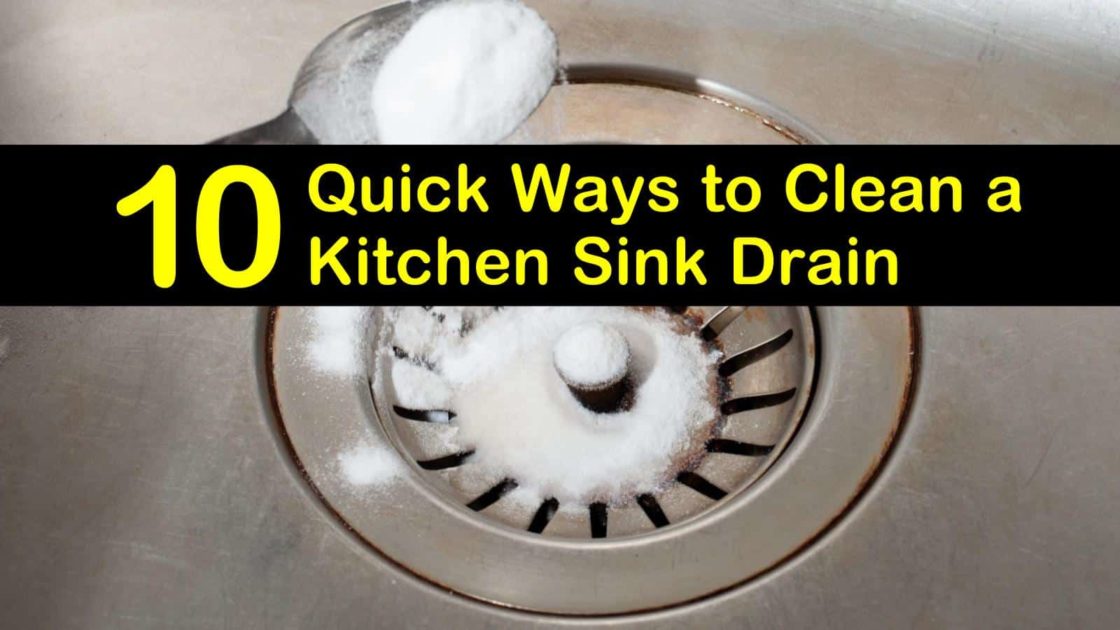
Introduction
 When it comes to maintaining a clean and hygienic kitchen, one of the most essential tasks is keeping your kitchen sink drain clean. The kitchen sink is one of the most frequently used and overlooked areas in the house, making it a breeding ground for bacteria, germs, and unpleasant odors if not properly maintained. A clogged or dirty kitchen sink drain can also lead to slow drainage and potential plumbing issues. In this article, we will discuss the best way to clean your kitchen sink drain to ensure a clean and healthy kitchen environment.
When it comes to maintaining a clean and hygienic kitchen, one of the most essential tasks is keeping your kitchen sink drain clean. The kitchen sink is one of the most frequently used and overlooked areas in the house, making it a breeding ground for bacteria, germs, and unpleasant odors if not properly maintained. A clogged or dirty kitchen sink drain can also lead to slow drainage and potential plumbing issues. In this article, we will discuss the best way to clean your kitchen sink drain to ensure a clean and healthy kitchen environment.
The Best Way to Clean Your Kitchen Sink Drain
 There are several methods for cleaning a kitchen sink drain, but the most effective and efficient way is by using natural ingredients. Not only are these ingredients easily accessible, but they are also safe for the environment and your family.
Baking soda and vinegar
are two powerful ingredients that can effectively clean and unclog your kitchen sink drain. Start by pouring half a cup of baking soda down the drain, followed by a cup of vinegar. The mixture will create a chemical reaction that will help loosen any buildup and debris in the drain. Let it sit for 10-15 minutes, then pour hot water down the drain to flush out the mixture.
Lemon and salt
are also great natural alternatives for cleaning your kitchen sink drain. Cut a lemon in half and sprinkle salt on one of the halves. Use the lemon to scrub the inside of the drain, focusing on areas with stubborn stains or buildup. The acidic properties of the lemon will help break down any grease or grime, while the salt acts as an abrasive to scrub away any residue. Rinse with hot water to complete the cleaning process.
There are several methods for cleaning a kitchen sink drain, but the most effective and efficient way is by using natural ingredients. Not only are these ingredients easily accessible, but they are also safe for the environment and your family.
Baking soda and vinegar
are two powerful ingredients that can effectively clean and unclog your kitchen sink drain. Start by pouring half a cup of baking soda down the drain, followed by a cup of vinegar. The mixture will create a chemical reaction that will help loosen any buildup and debris in the drain. Let it sit for 10-15 minutes, then pour hot water down the drain to flush out the mixture.
Lemon and salt
are also great natural alternatives for cleaning your kitchen sink drain. Cut a lemon in half and sprinkle salt on one of the halves. Use the lemon to scrub the inside of the drain, focusing on areas with stubborn stains or buildup. The acidic properties of the lemon will help break down any grease or grime, while the salt acts as an abrasive to scrub away any residue. Rinse with hot water to complete the cleaning process.
Tips and Precautions
 To prevent future clogs and maintain a clean kitchen sink drain, there are a few things you can do.
Regularly pouring boiling water
down the drain can help break down any buildup and keep the drain clean.
Using a drain strainer
can also prevent large food particles and debris from going down the drain and causing clogs. Additionally, avoid pouring grease or oil down the drain, as it can solidify and cause blockages.
If you have a severe clog that cannot be removed with natural ingredients, it may be best to
call a professional plumber
. They have the necessary tools and expertise to effectively unclog and clean your kitchen sink drain.
To prevent future clogs and maintain a clean kitchen sink drain, there are a few things you can do.
Regularly pouring boiling water
down the drain can help break down any buildup and keep the drain clean.
Using a drain strainer
can also prevent large food particles and debris from going down the drain and causing clogs. Additionally, avoid pouring grease or oil down the drain, as it can solidify and cause blockages.
If you have a severe clog that cannot be removed with natural ingredients, it may be best to
call a professional plumber
. They have the necessary tools and expertise to effectively unclog and clean your kitchen sink drain.
In Conclusion
 Keeping your kitchen sink drain clean is crucial for maintaining a healthy and hygienic kitchen environment. By using natural ingredients and following simple maintenance tips, you can easily keep your kitchen sink drain clog-free and smelling fresh. Remember to regularly clean your kitchen sink drain to prevent plumbing issues and ensure a clean and functional kitchen.
Keeping your kitchen sink drain clean is crucial for maintaining a healthy and hygienic kitchen environment. By using natural ingredients and following simple maintenance tips, you can easily keep your kitchen sink drain clog-free and smelling fresh. Remember to regularly clean your kitchen sink drain to prevent plumbing issues and ensure a clean and functional kitchen.

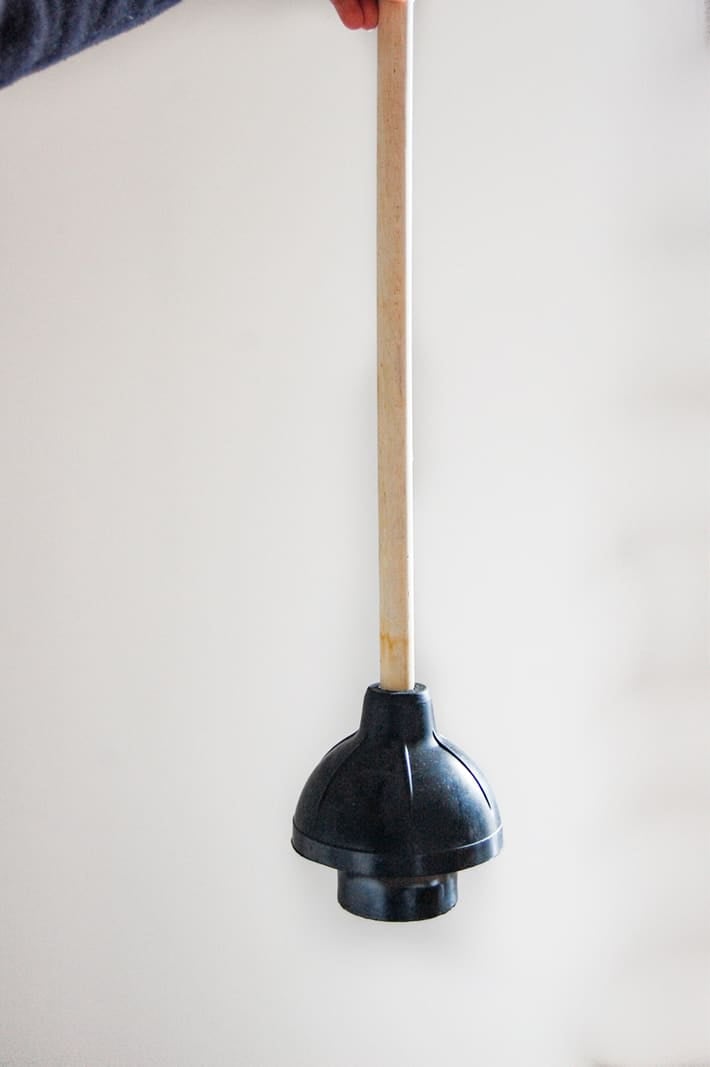
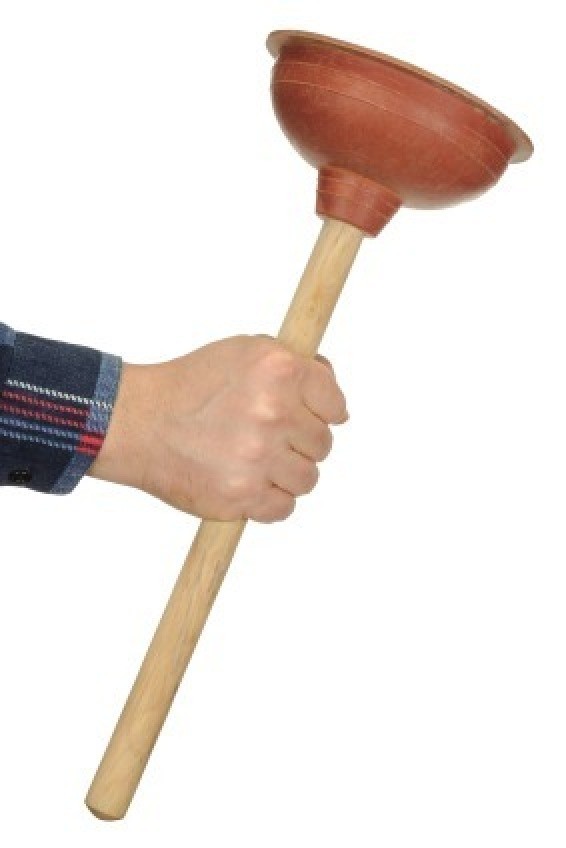
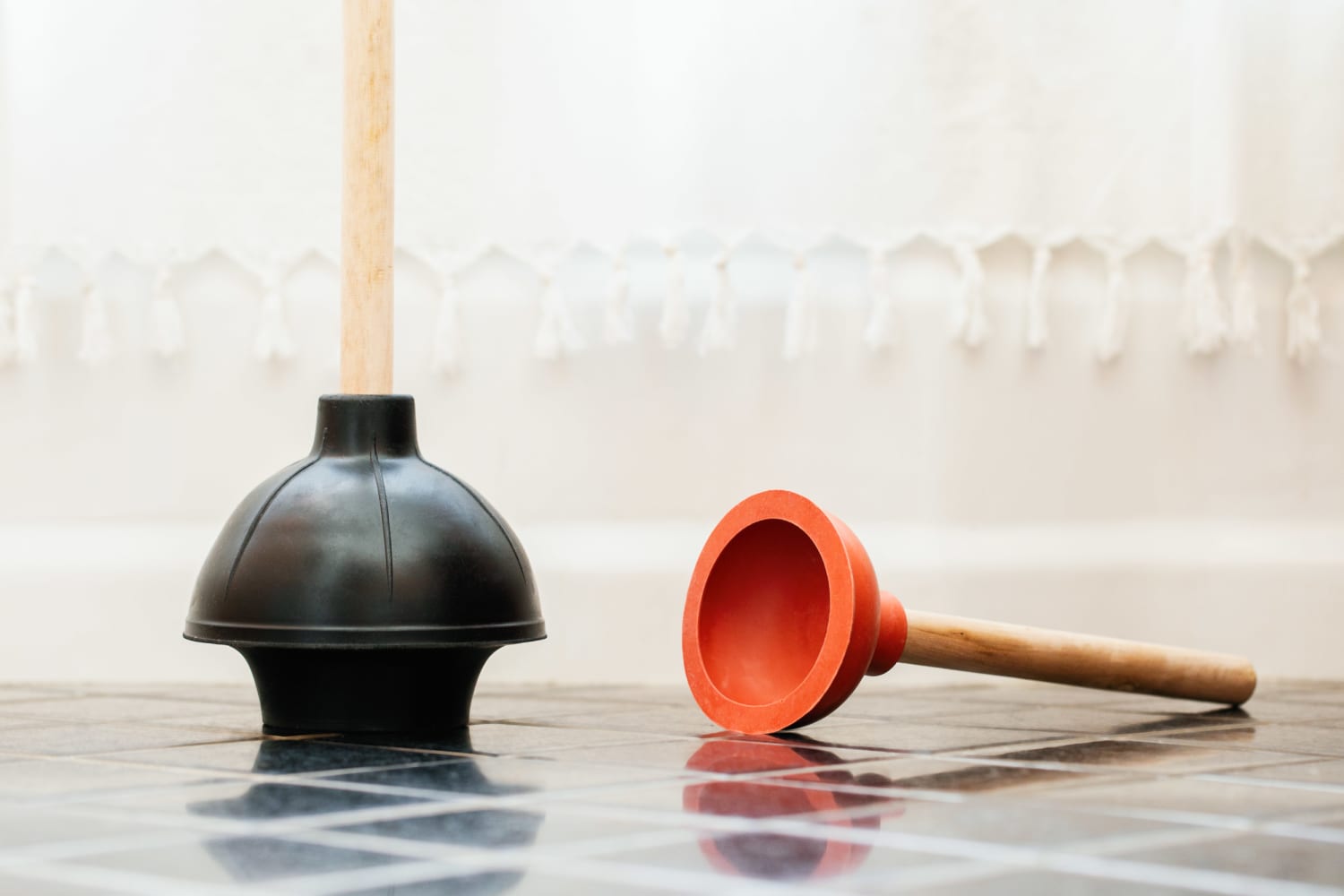



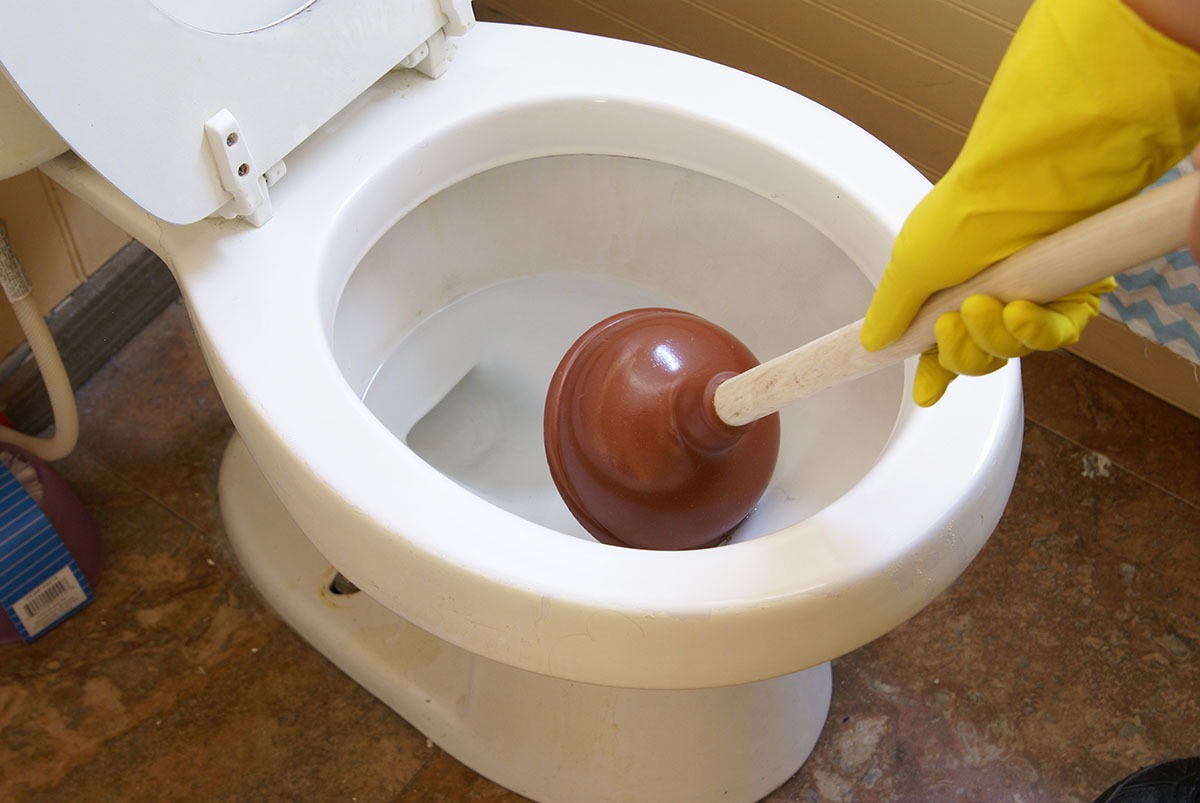







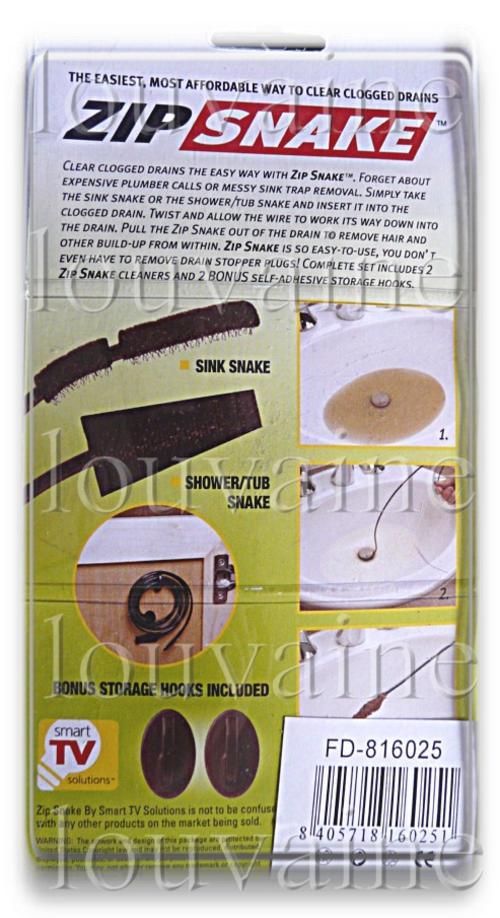

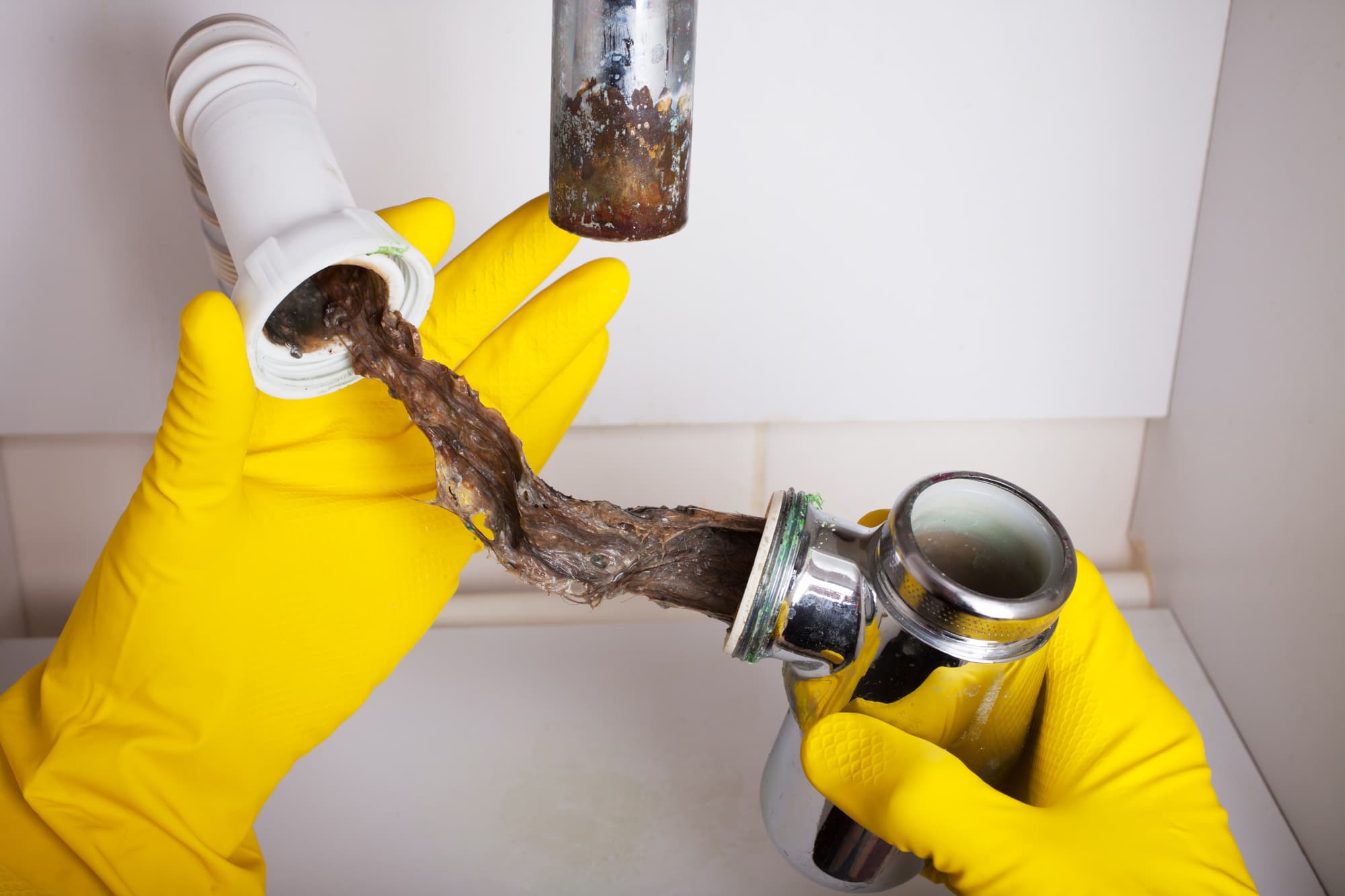








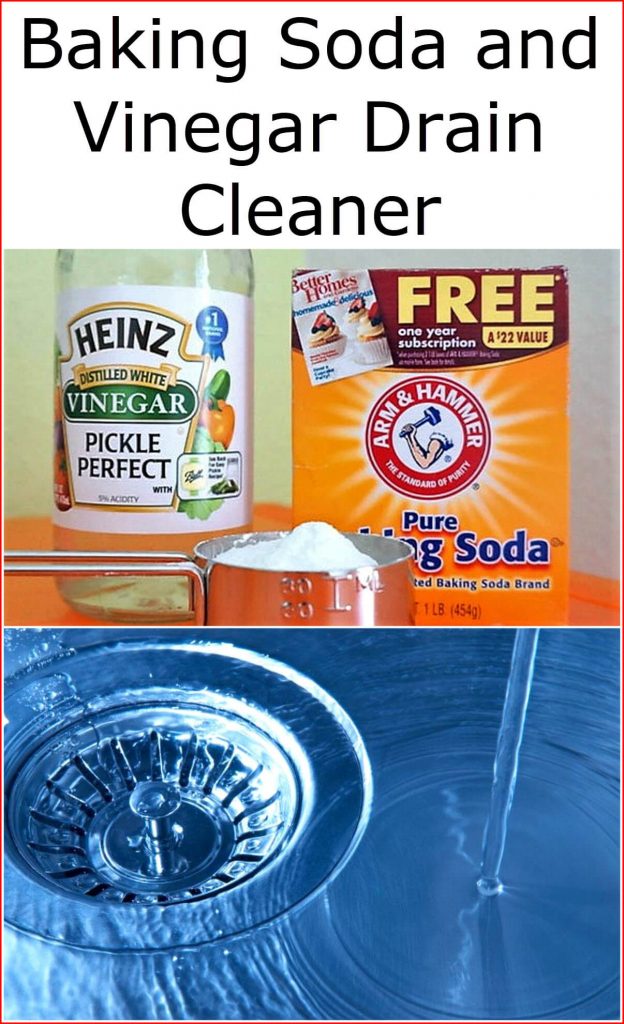

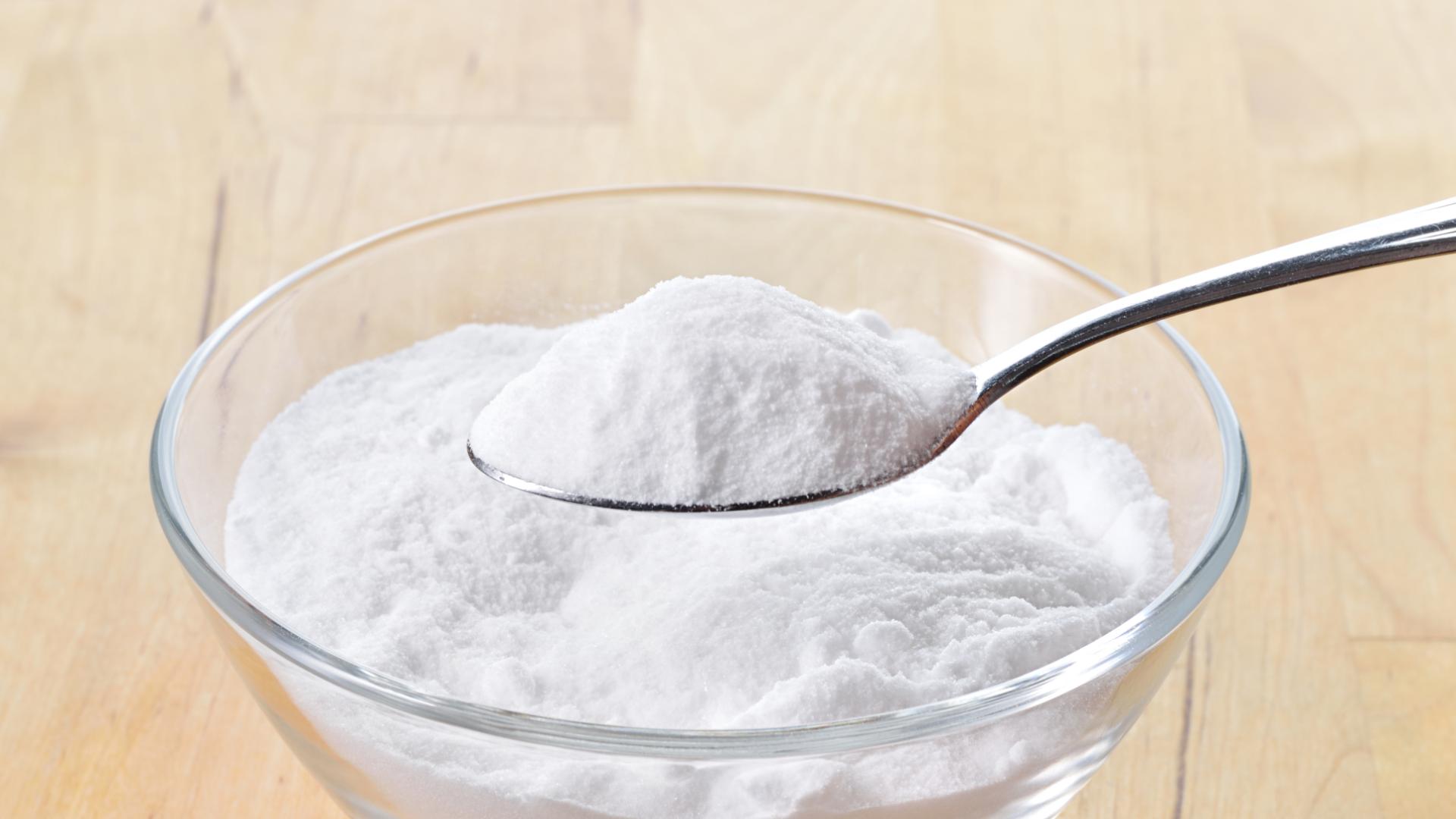

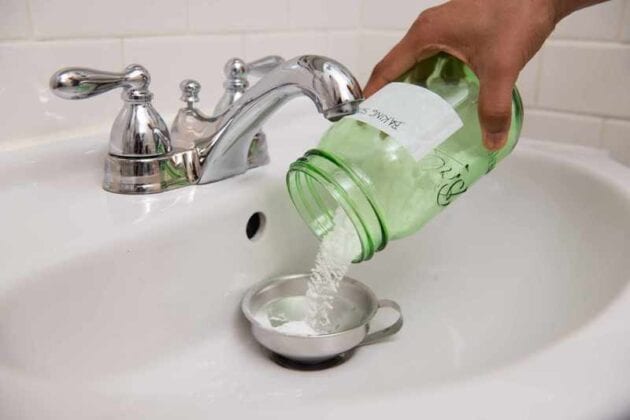
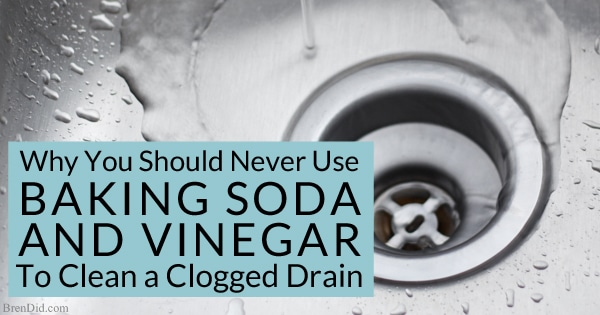
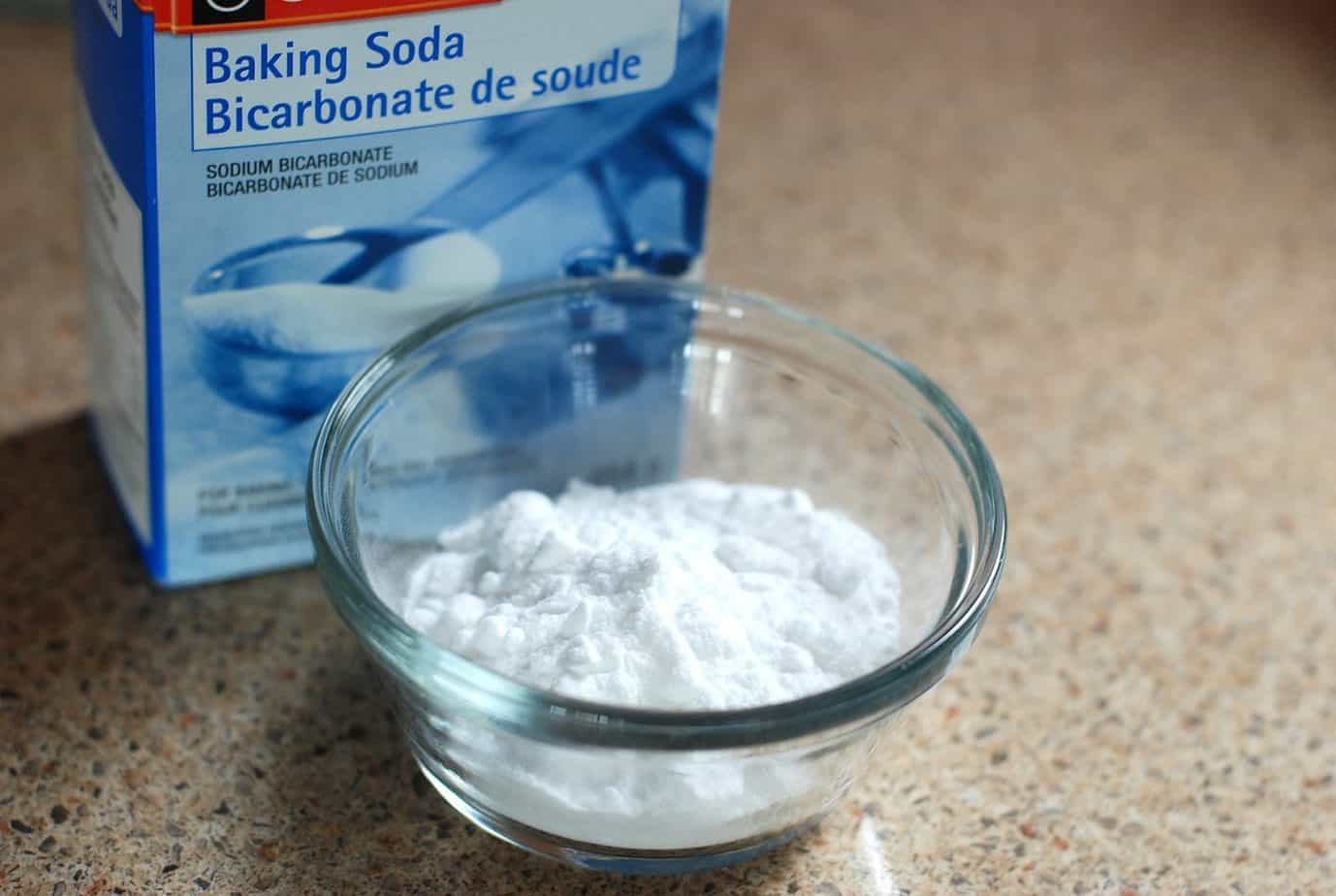

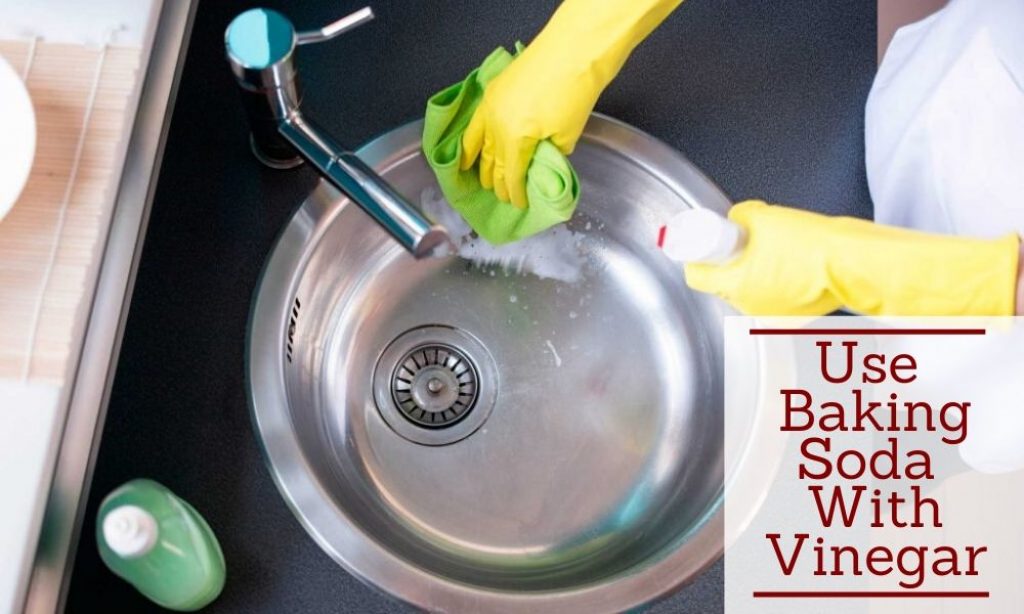
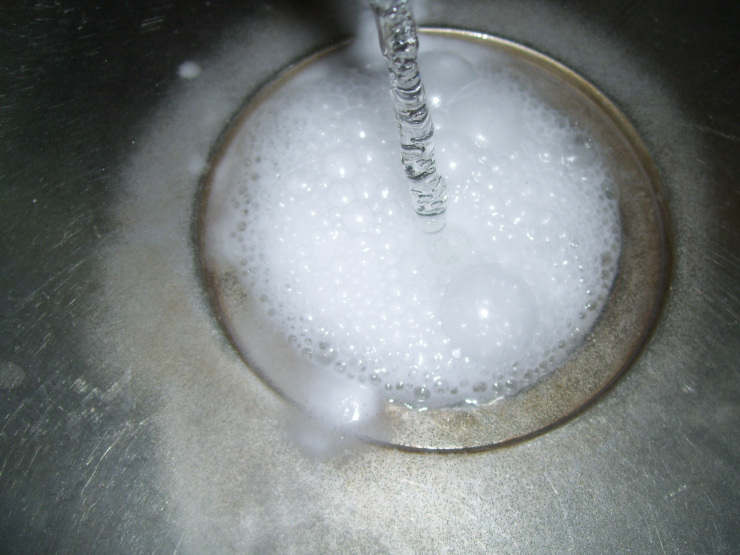
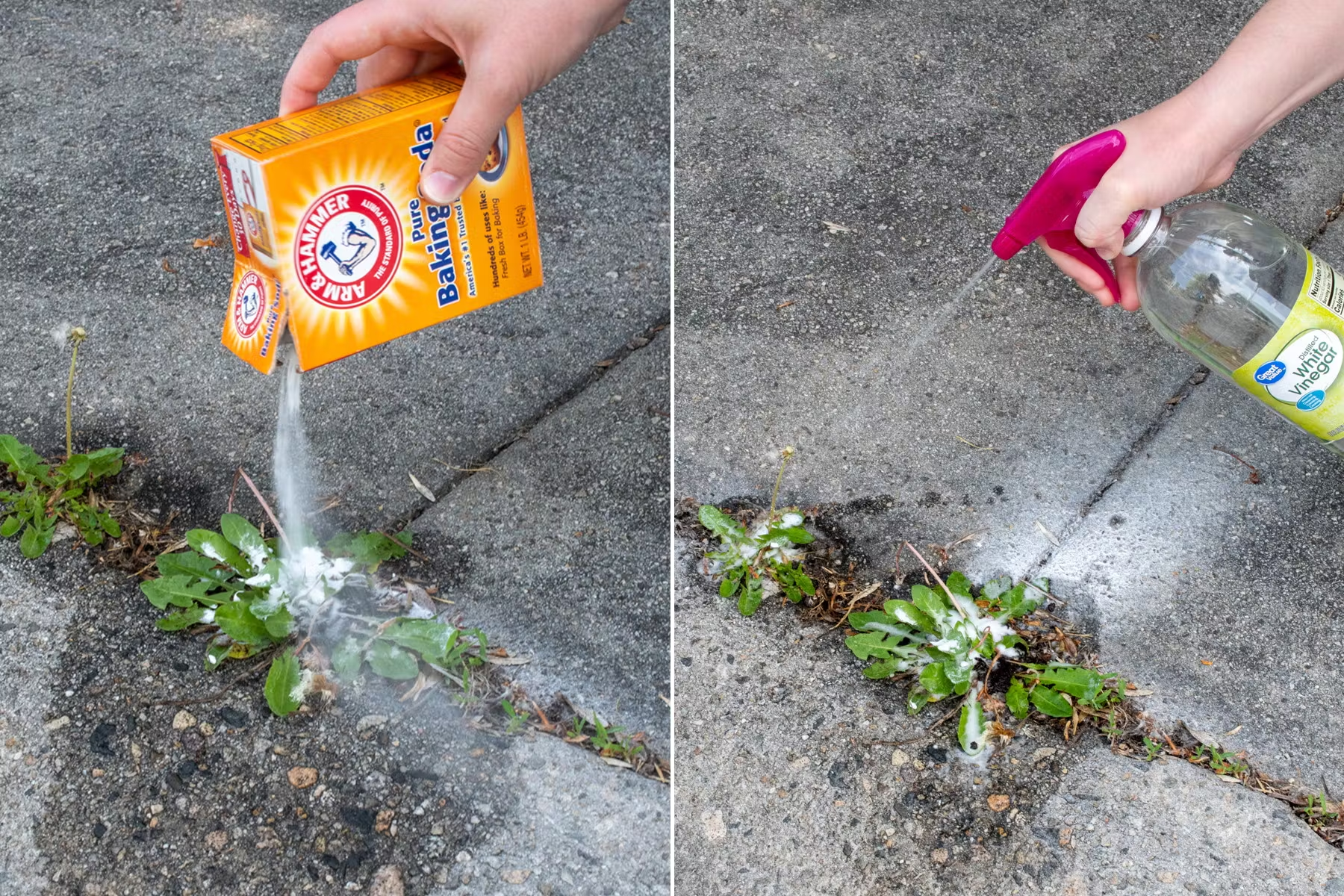
:max_bytes(150000):strip_icc()/plumber-unclogging-kitchen-sink-169270382-5810e7bb5f9b58564c5dd92b.jpg)


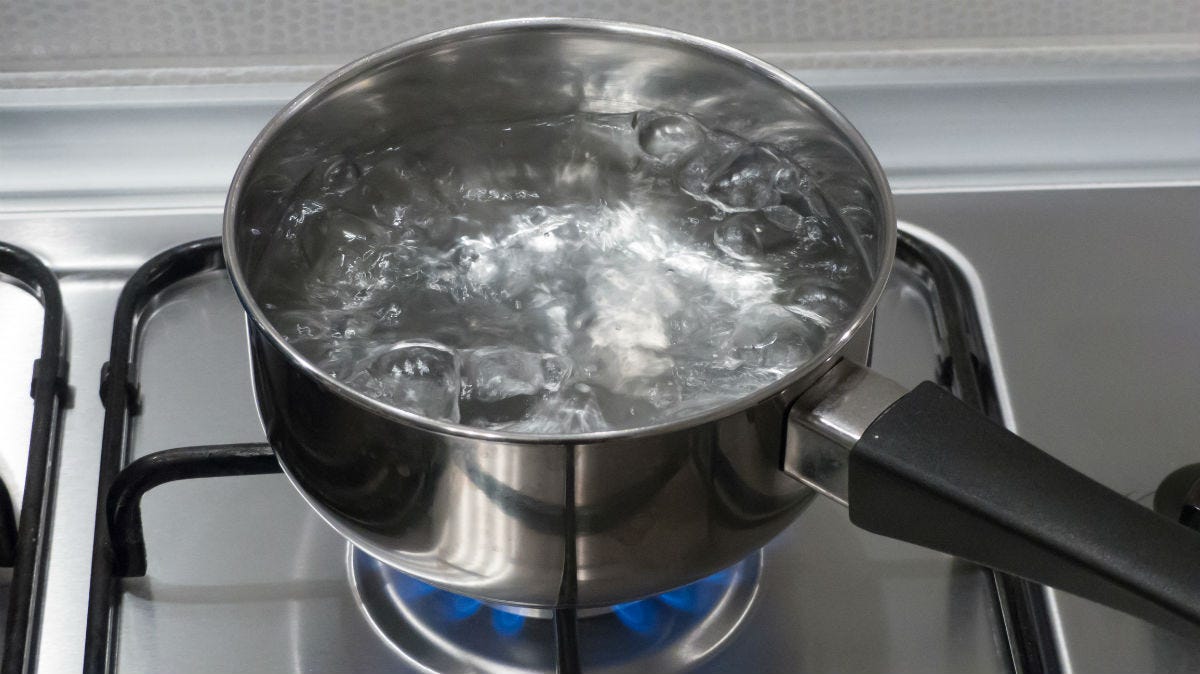

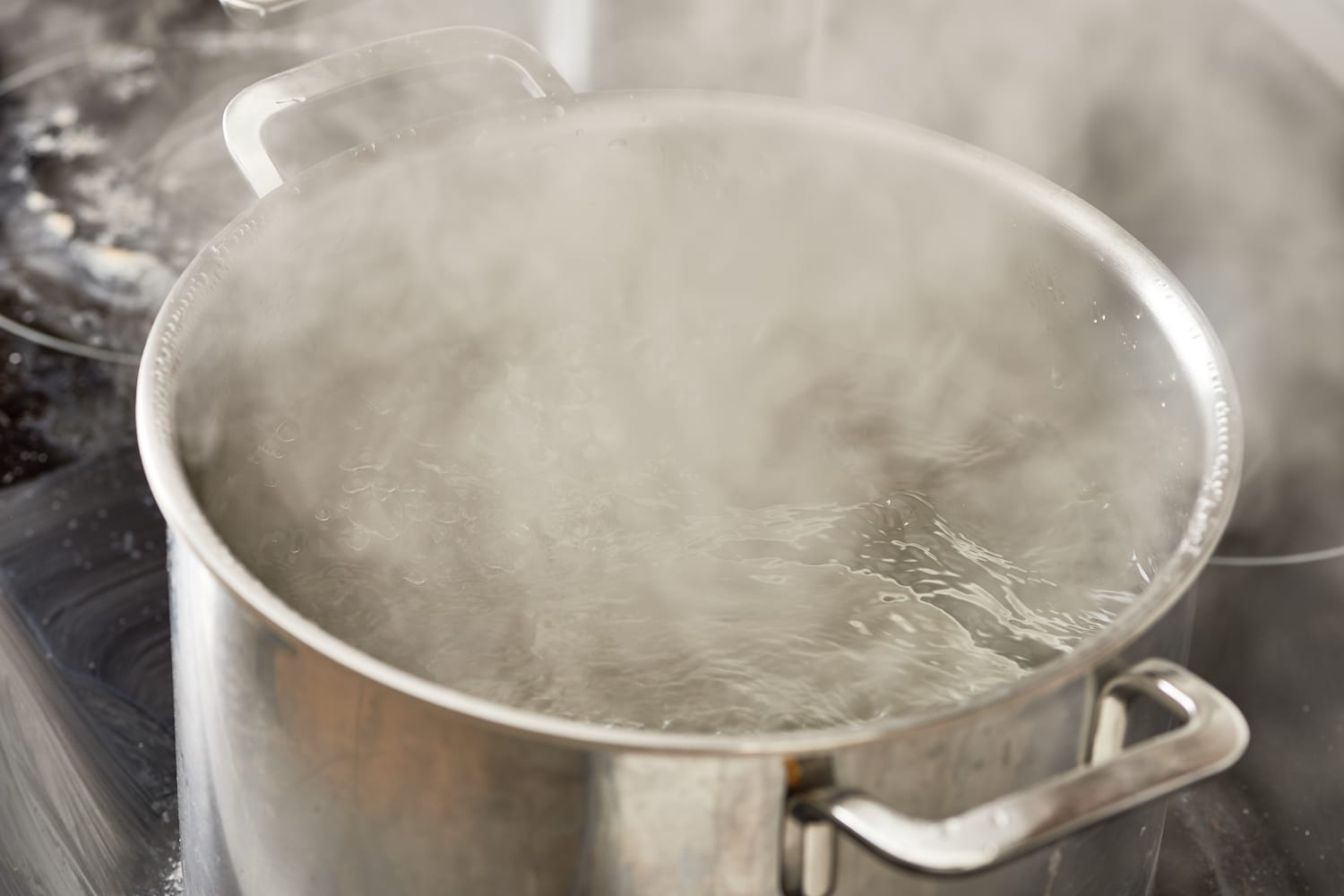

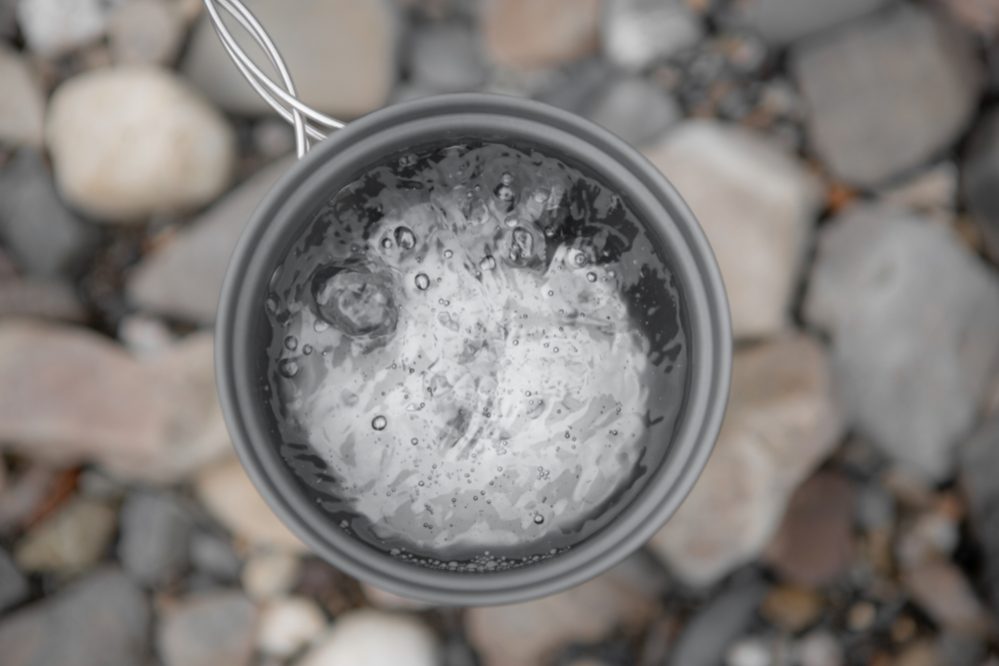


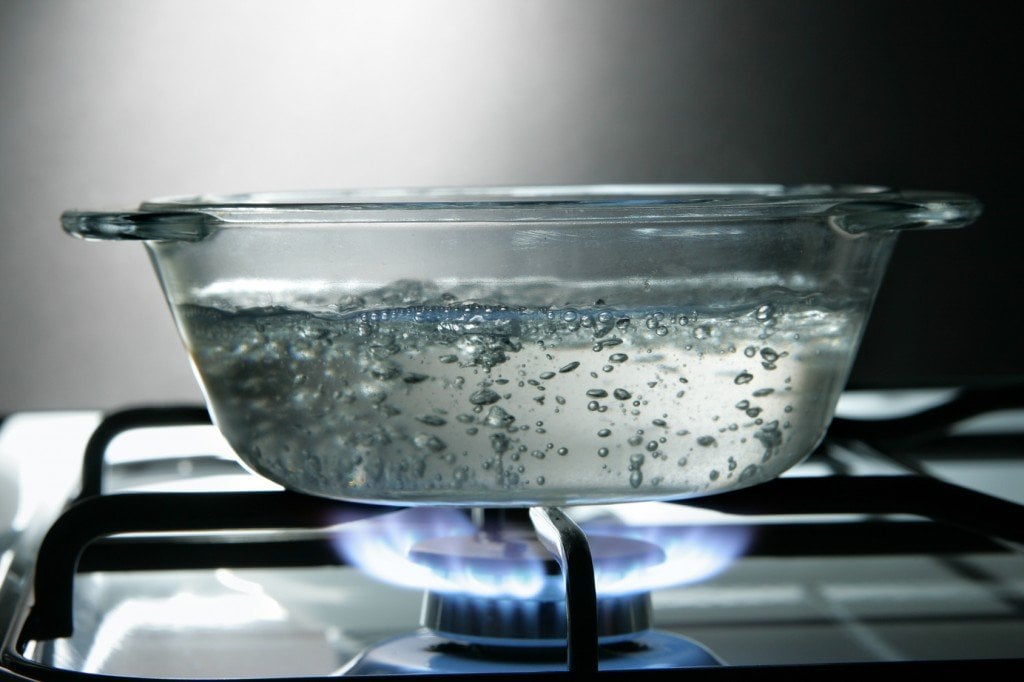
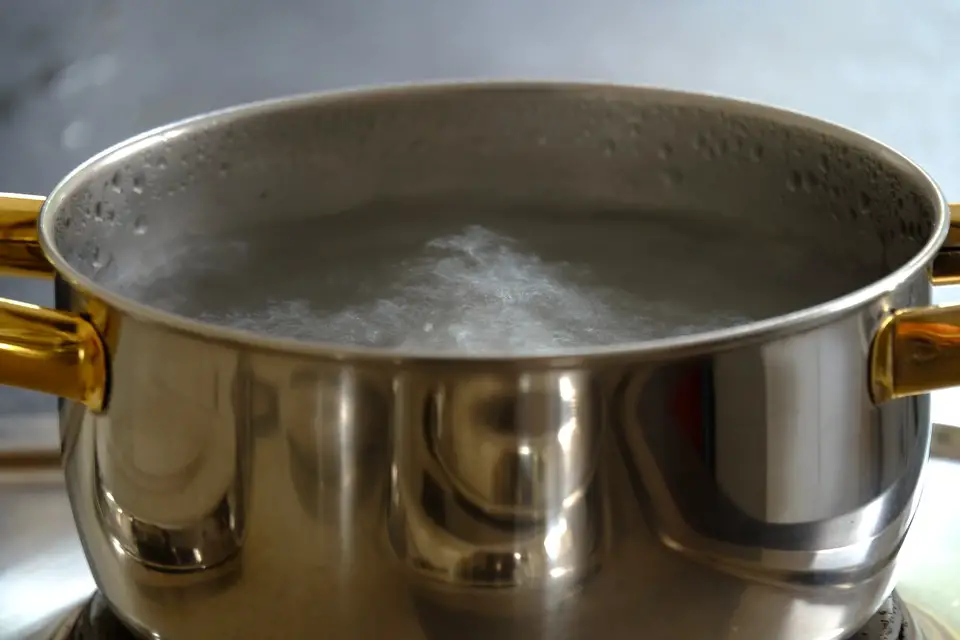



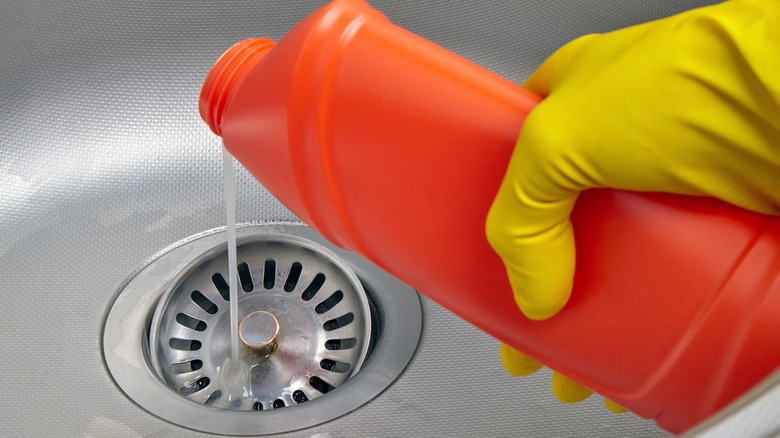

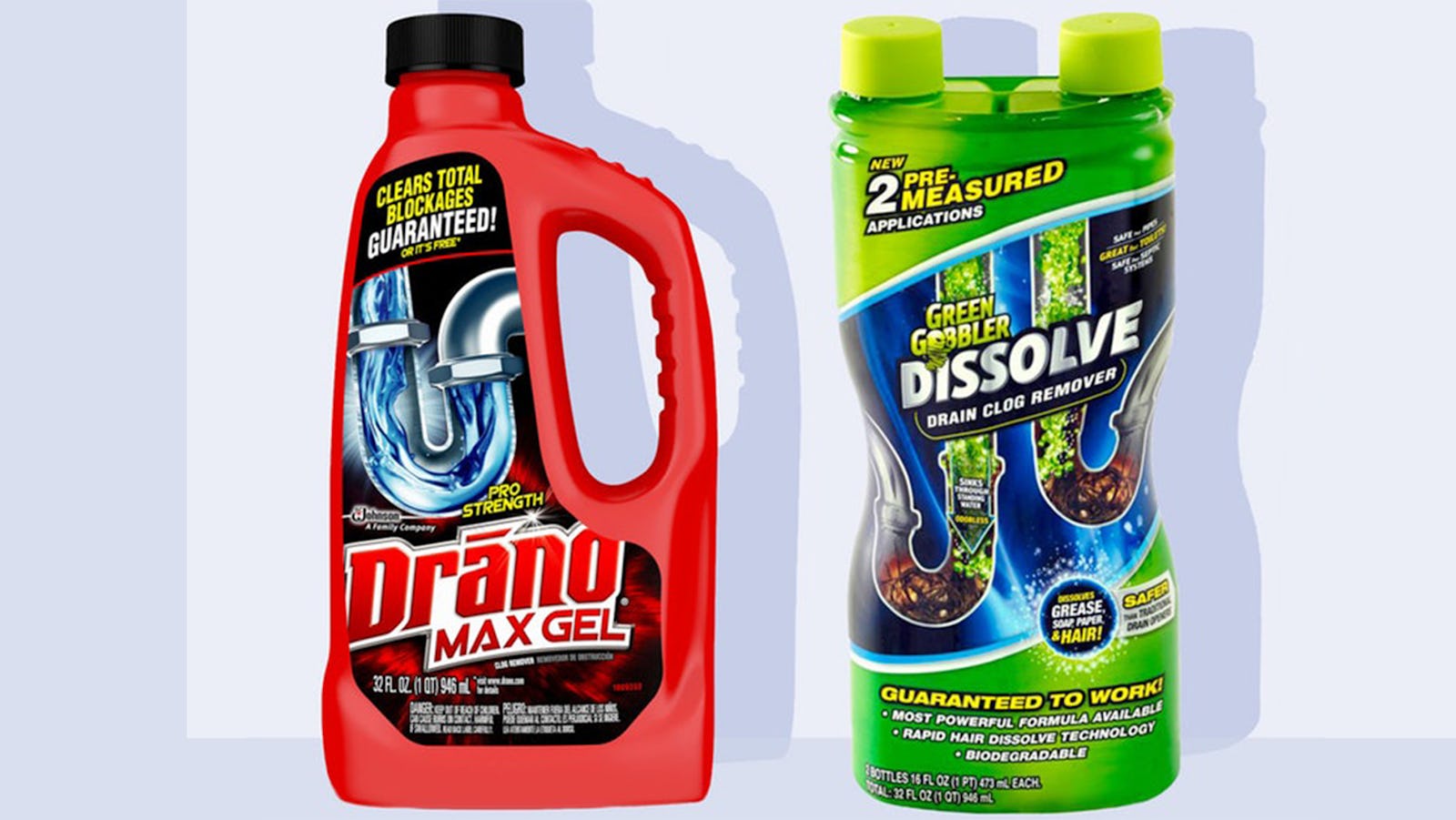
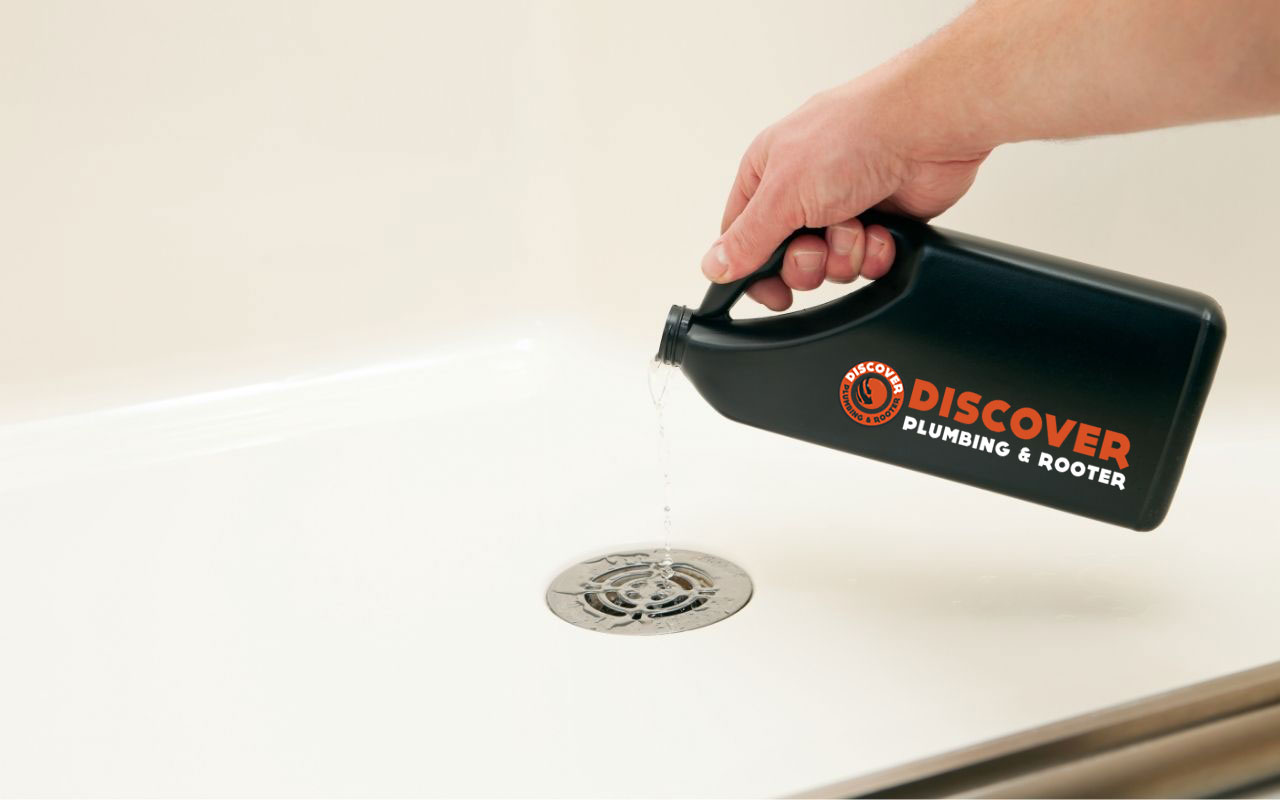


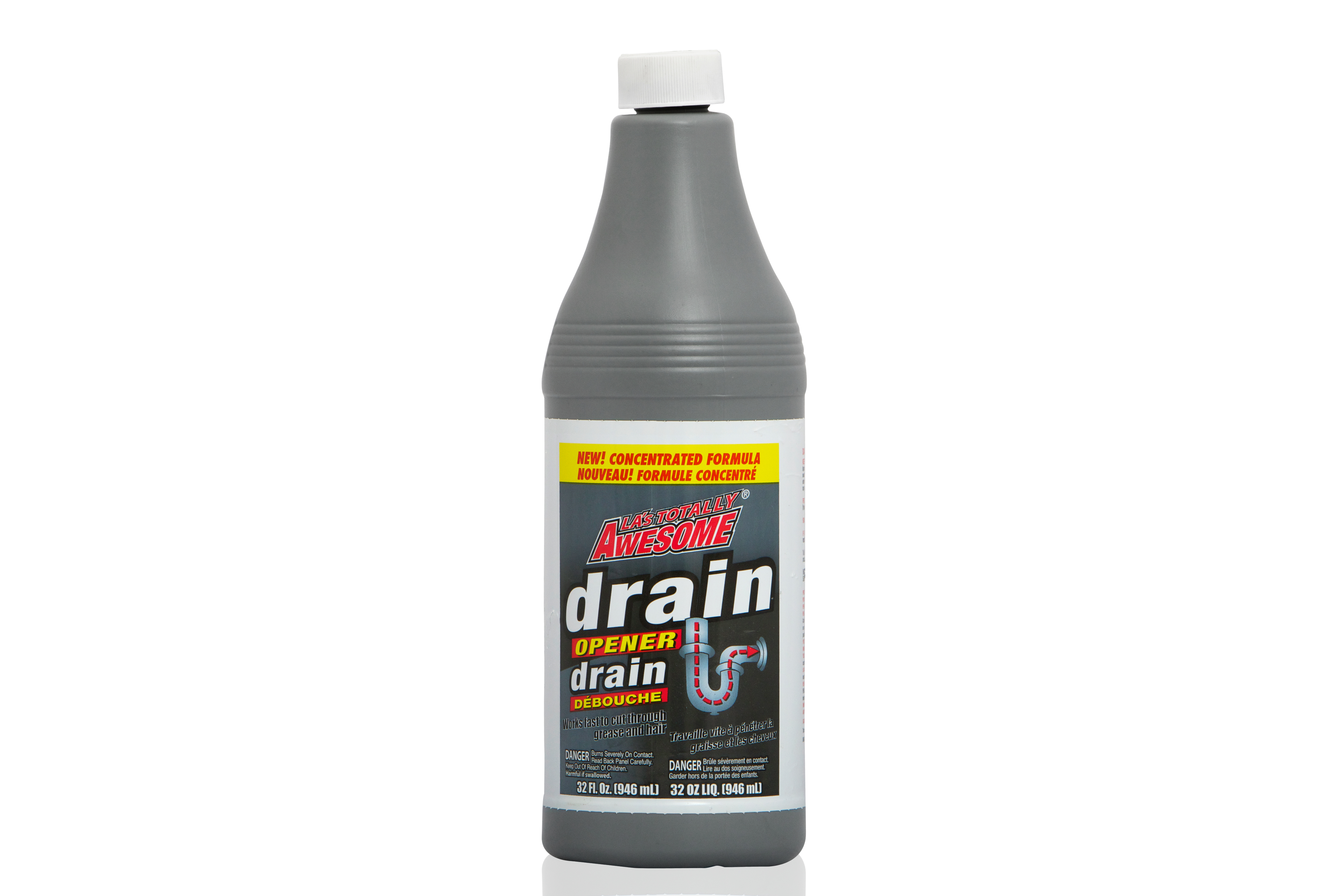




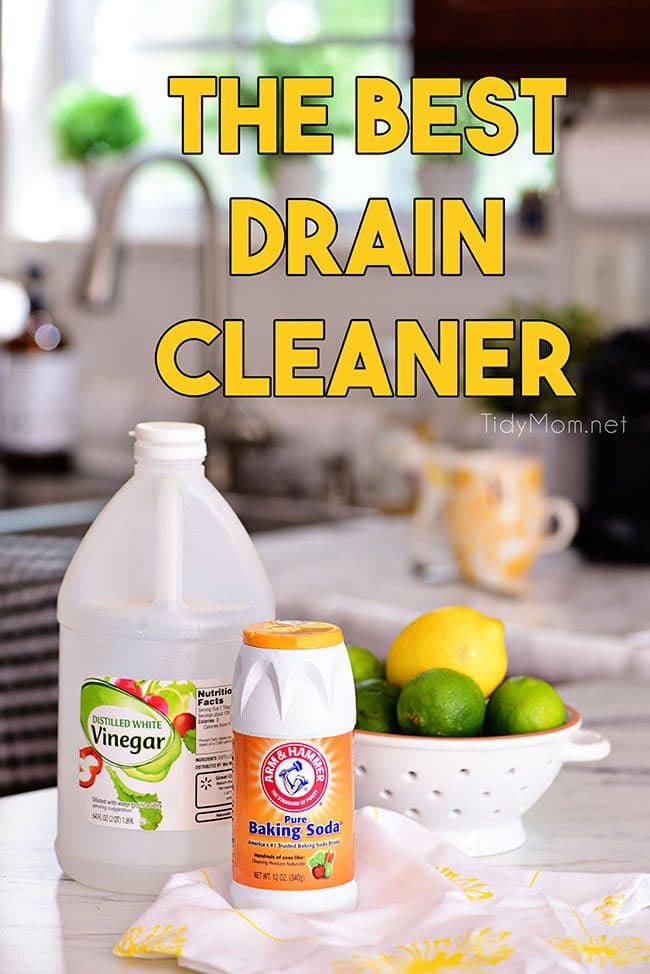


:max_bytes(150000):strip_icc()/homemade-drain-cleaner-2718784_01_1041-09a5264ba2a34698816e62a385f0895f.jpg)
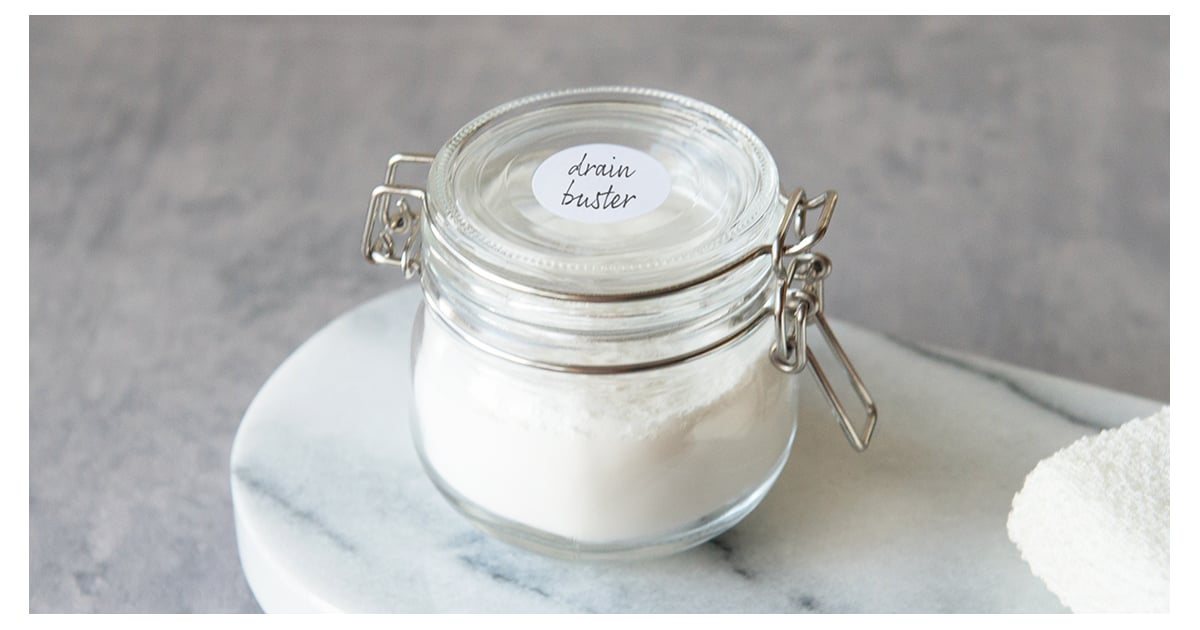

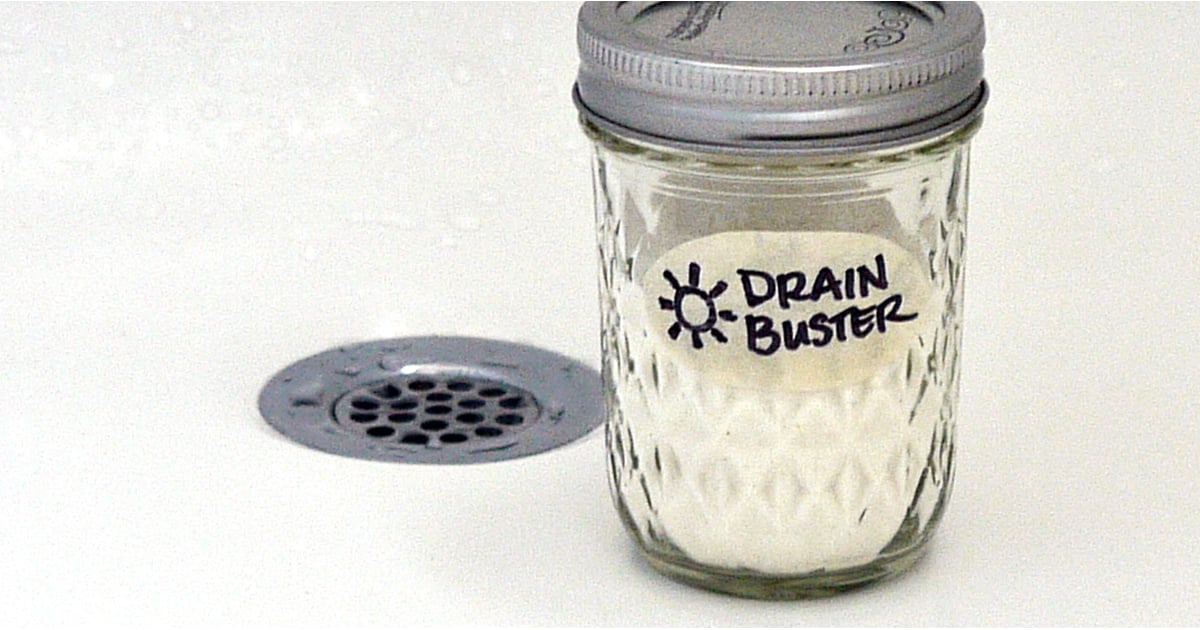









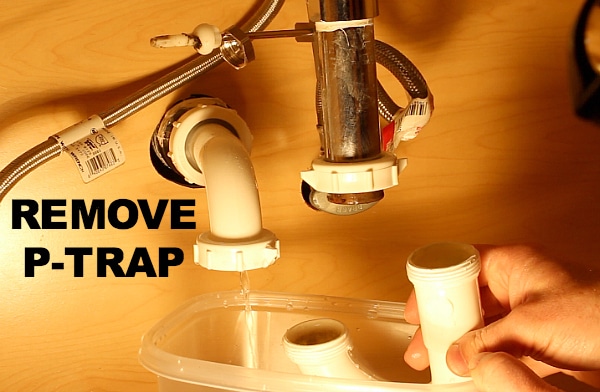

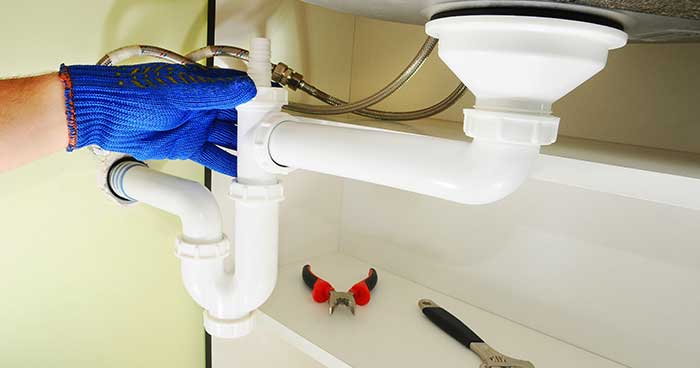



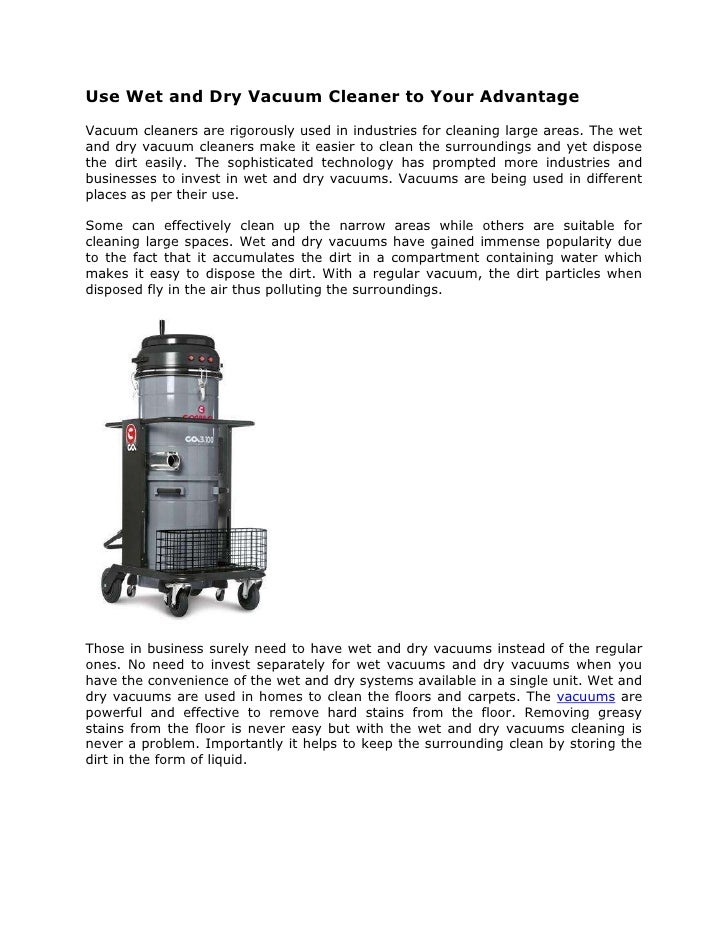

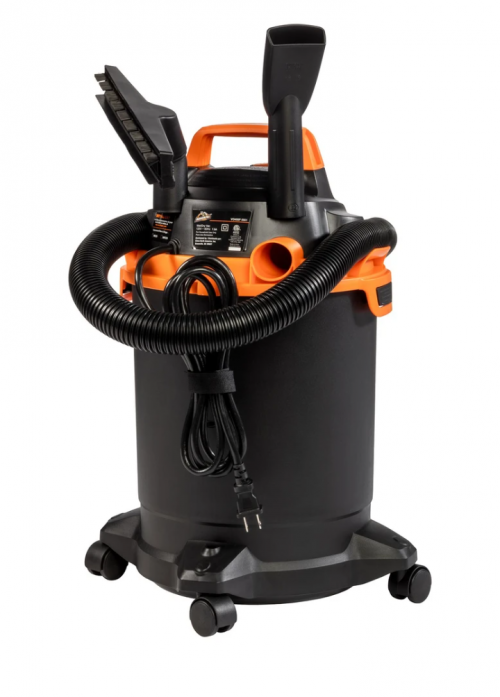







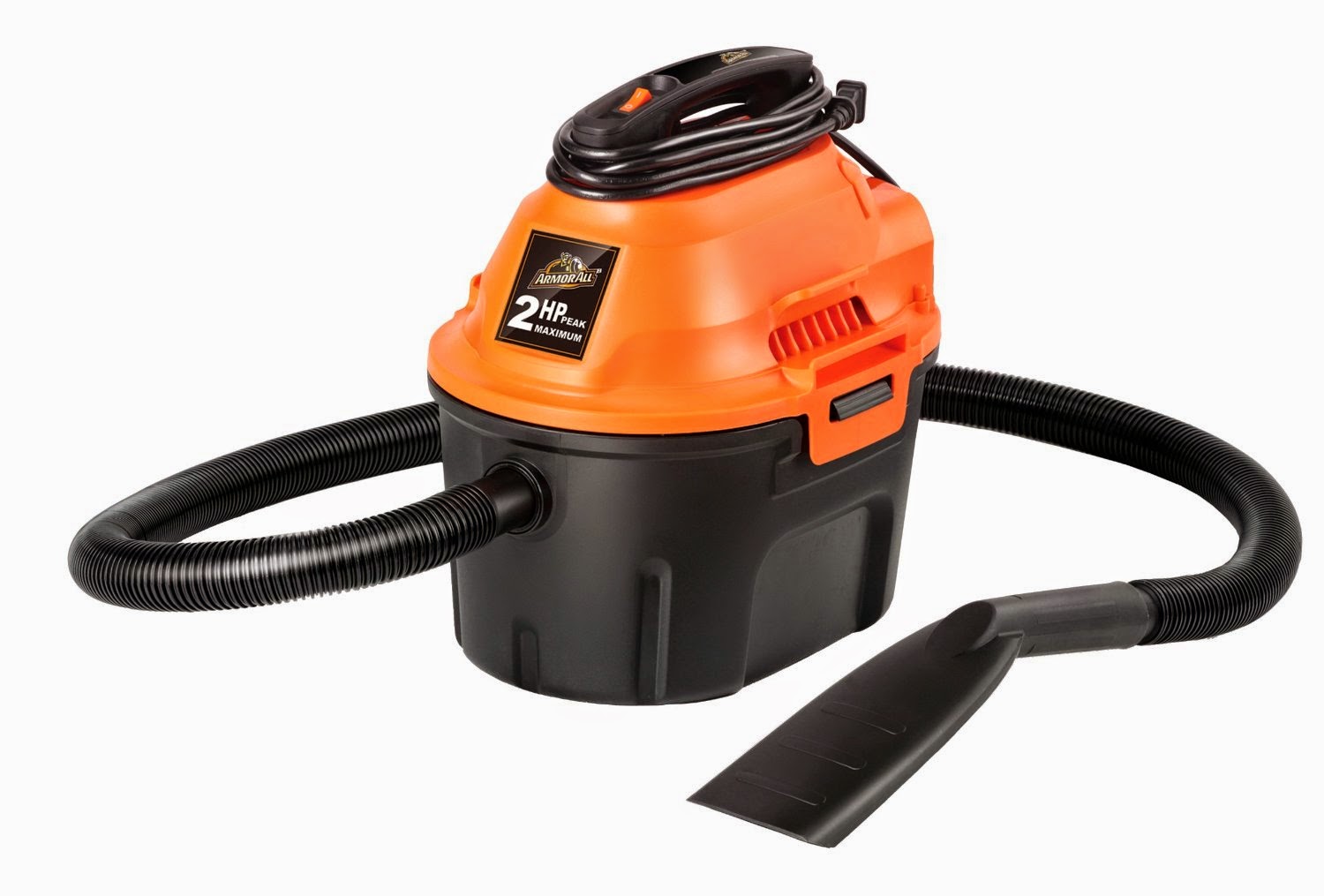
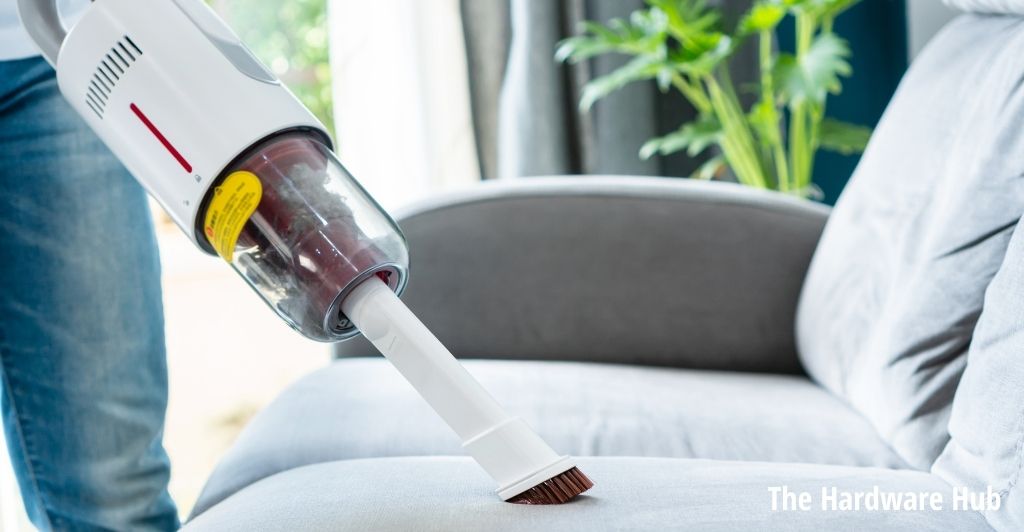







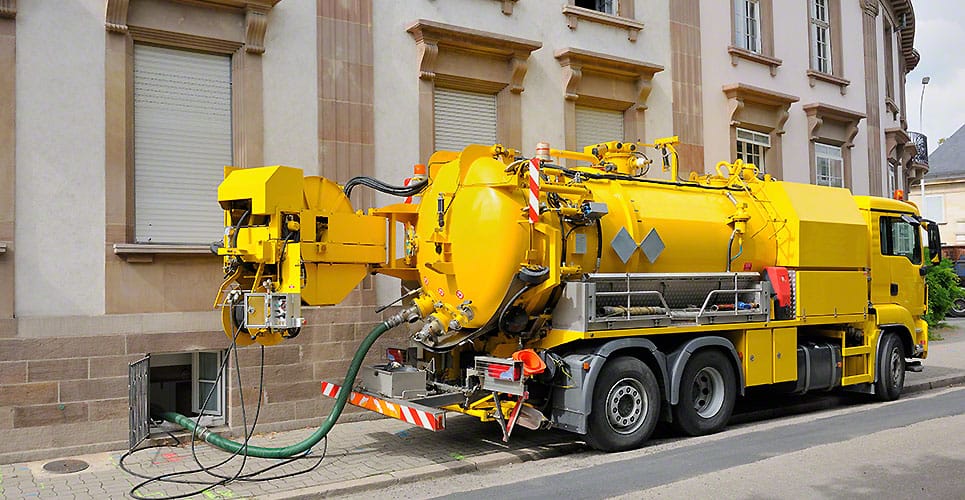
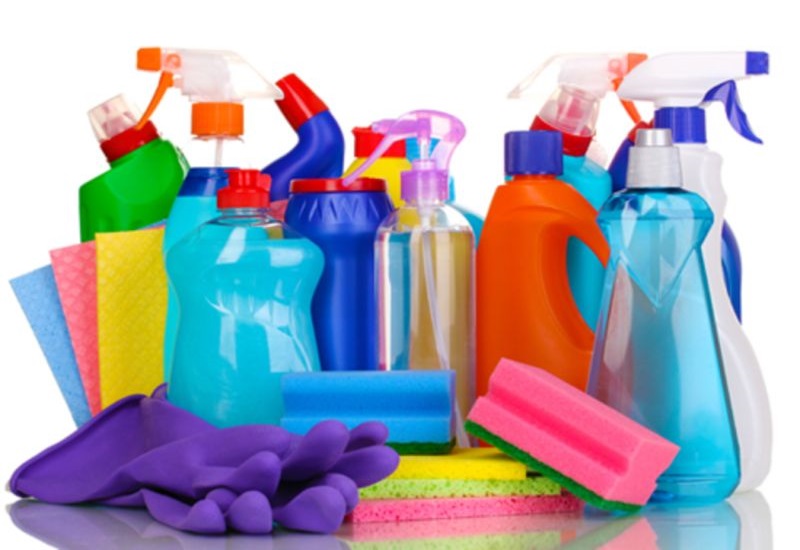



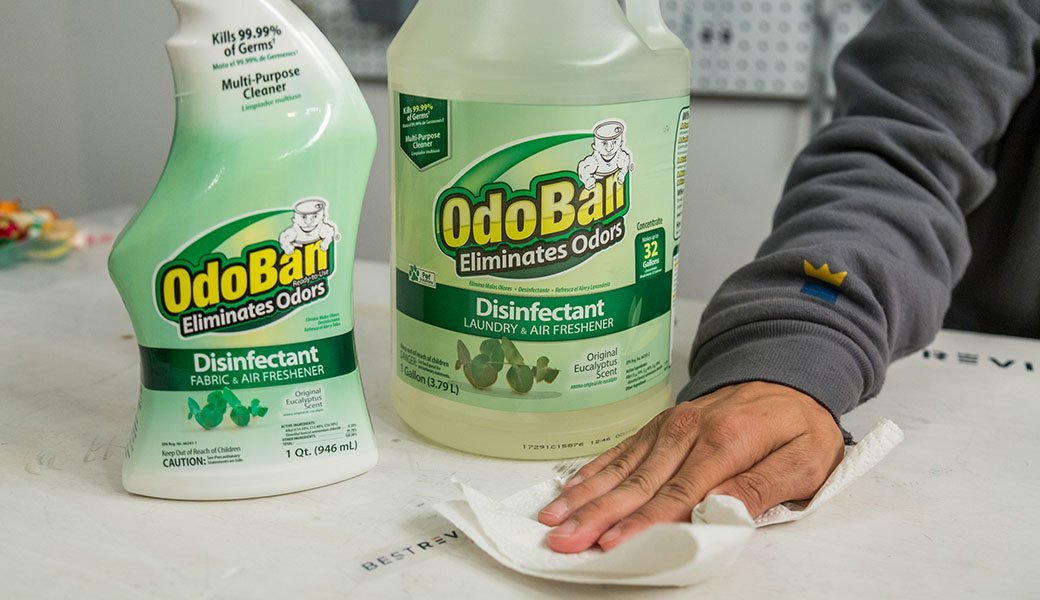





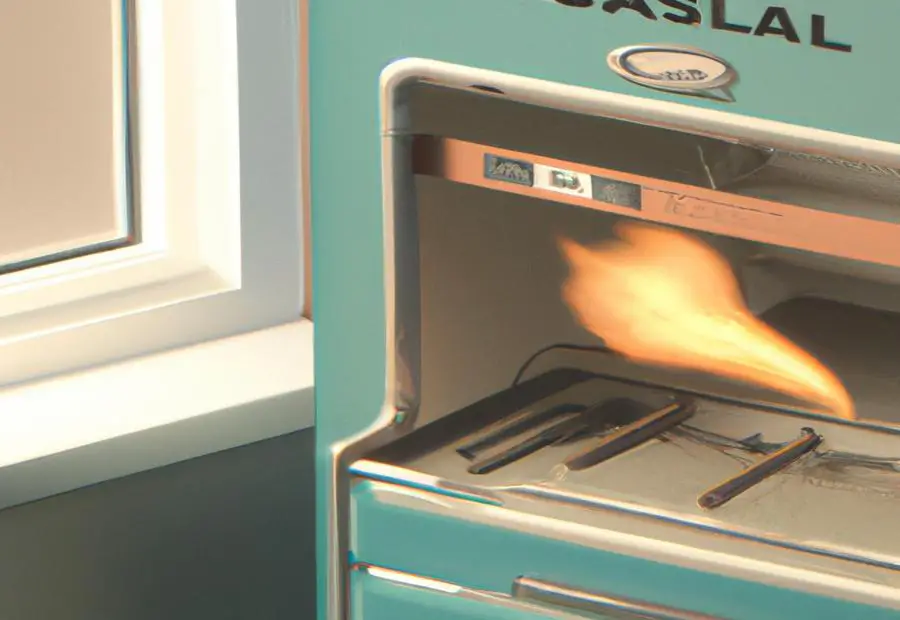
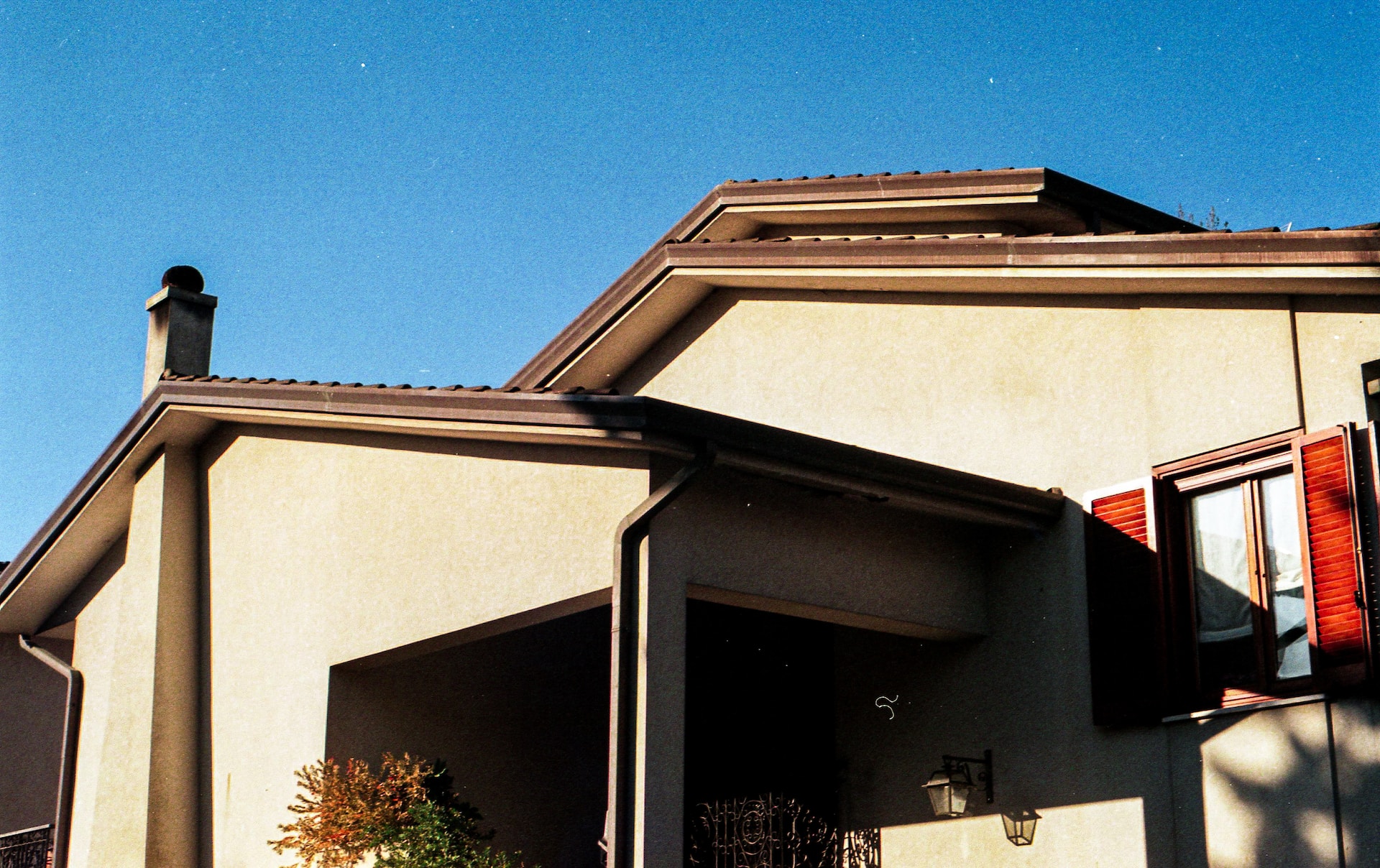

.jpg)







